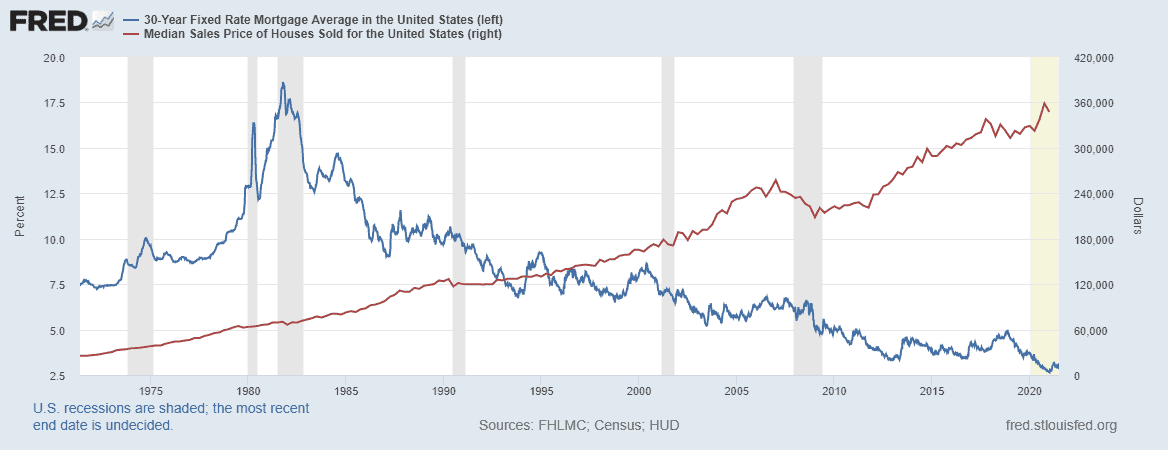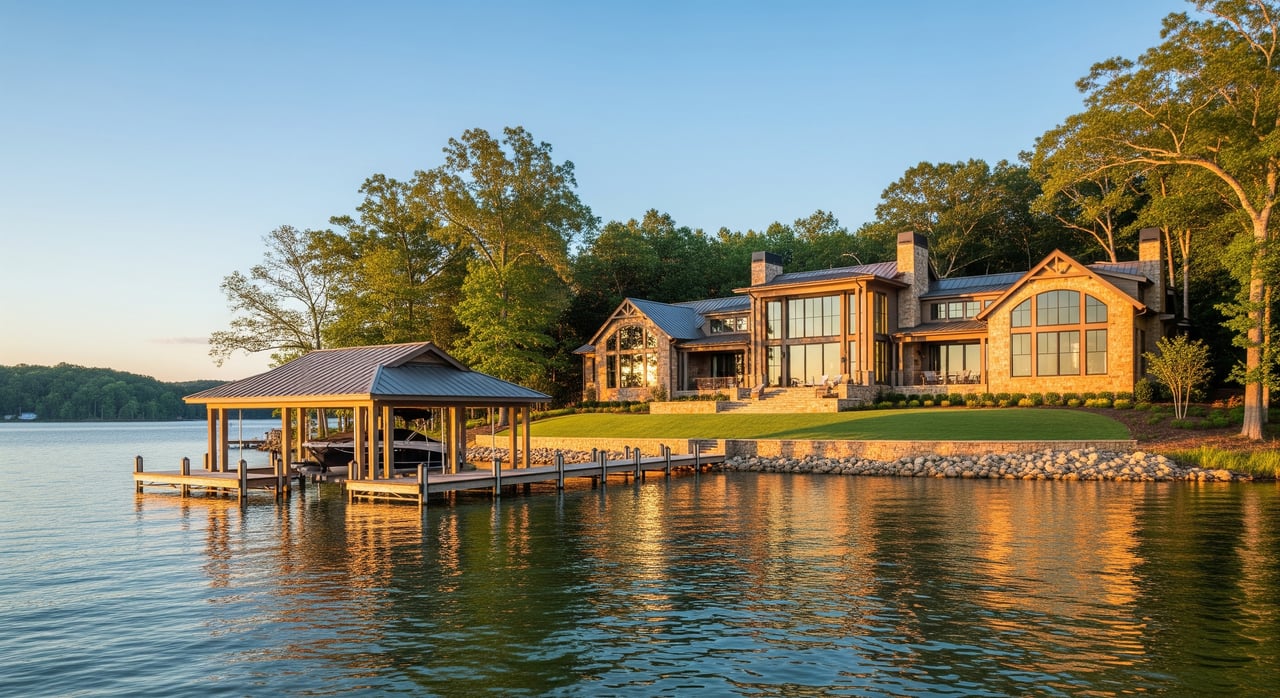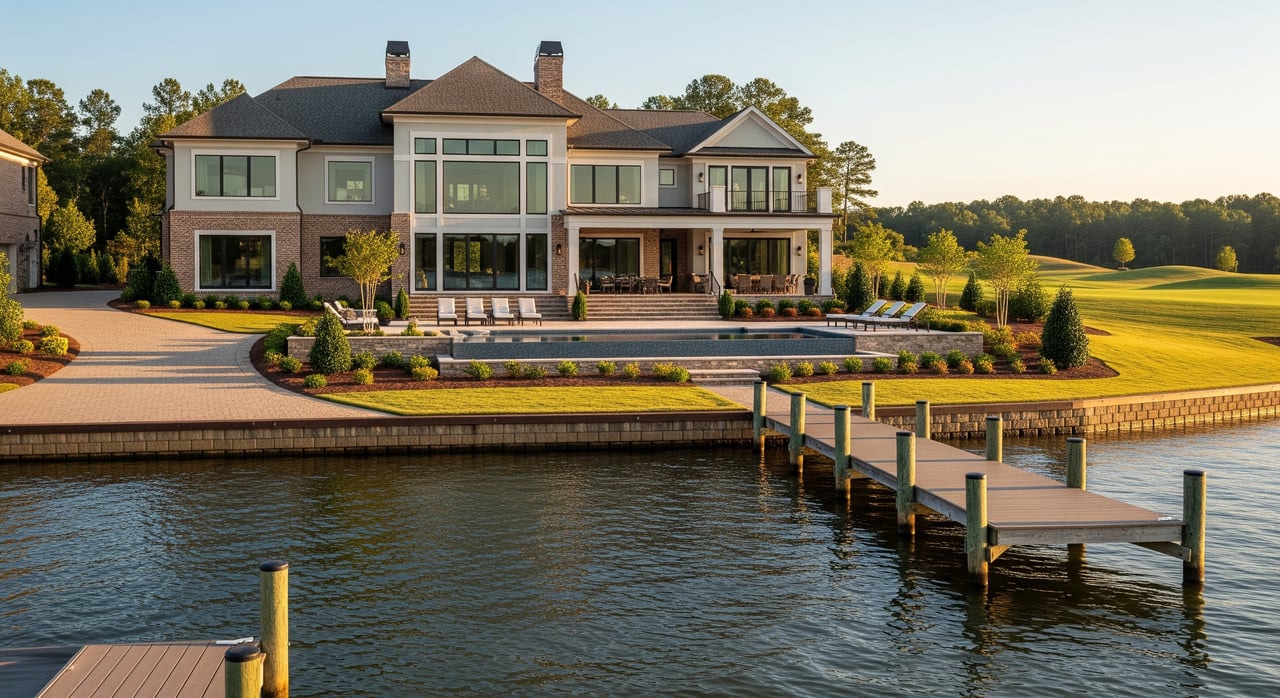If you paid nearly a fortune for your house between 2020-2022, we’re here to tell you why. Rock-bottom interest rates, increased building costs, and NIMBYism all contribute to the even still expensive prices of homes.
The Expensive Cost of Building a House
Of course to build a home, you’ll need materials. Wood, concrete, plastic, steel glass etc. Regardless of whether you’re an individual hiring a small-time construction business to get the job done or a huge developer looking to erect entire neighborhoods, these materials are expensive. The COVID pandemic disrupted industries all over the world, and building material manufacturers were not immune. The average cost of these building materials has doubled from 2008 to 2018 alone, increasing even more sharply during the pandemic. Read more about it here.
Additionally, the cost of labor has increased. This can be attributed to a few different factors: the construction sector hasn’t hired nearly enough workers to keep up with housing demand, forcing companies to charge more and spread their workforce thinner and thinner. Another surprising factor that influences the rising cost of construction labor is the implementation of anti-immigration policies. Nearly one-third of construction laborers are immigrants, and annual immigration has fallen from 1 million to about 250,000 in the past five years. Laboring positions aren’t the only positions to have declining professional personnel, but also more specialized jobs such as tile installers, rebar workers, and many more.
Low Interest Rates
Interest rates do not have a direct affect on the price of homes, but rather skyrocket demand for homes. During 2020 and 2021, we saw very low interest rates for mortgages, sparking high demand for homes. Younger generations buying homes has also had an impact on home prices, the Millennial generation has been the largest since the baby boomer generation, further increasing demand as they reach their homebuying years.
Look at this graph showing the relationship between interest rates and housing costs:

Increasing Zoning Restrictions
Land use-restrictions have increased significantly in the past several decades. These constraints have goals increasing safety, aiding the local environment, and keeping aesthetic uniformity. However regulations such as this have also reduced the supply of housing, particularly multi-family and low-income housing. A great number of cities in the U.S. have a housing affordability problem. Combined attitudes of nimby-ism, or not in my backyard-ism, has residents opposing developments in their communities, effectively keeping out new or lower-income residents from moving in.




